Filter by
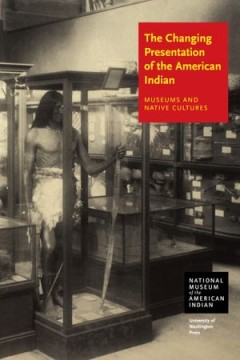
The Changing Presentation of the American Indian : Museums and Native Cultures
In this book, which grew out of a landmark NMAI symposium in 1995, Native and non-Native scholars and museum professionals explore issues concerning the representation of Indians and their cultures by museums in North America. Traditional museum exhibitions of Native American art and culture often represented only the past, ignoring the living Native voice. Today, museums have begun to incorpor…
- Edition
- -
- ISBN/ISSN
- 9780000000772
- Collation
- -
- Series Title
- -
- Call Number
- 700 WES c
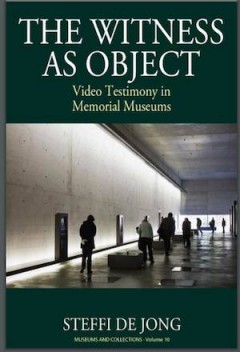
The Witness as Object : Video Testimonies in Holocaust Museums
Today more than ever before, the historical witness is now a “museum objectâ€_x009d_ in the form of video interviews with individuals remembering events of historical importance. Such video testimonies now not only are part of the collections and research activities of museums, but become deeply intertwined with narrative and exhibit design. With a focus on Holocaust museums, this stud…
- Edition
- -
- ISBN/ISSN
- 9781785336447
- Collation
- -
- Series Title
- Museums and Collections
- Call Number
- 700 JON w

The Perpetuation of Site-Specific Installation Artworks in Museums Staging C…
Site-specific installations are created for specific locations and are usually intended as temporary artworks. The Perpetuation of Site-Specific Installation Artworks in Museums: Staging Contemporary Art shows that these artworks consist of more than a singular manifestation and that their lifespan is often extended. In this book, Tatja Scholte offers an in-depth account of the artistic product…
- Edition
- -
- ISBN/ISSN
- 9789048554546
- Collation
- -
- Series Title
- -
- Call Number
- -

Botticelli Past and Present
The recent exhibitions dedicated to Botticelli around the world show, more than ever, the significant and continued debate about the artist. Botticelli Past and Present engages with this debate. The book comprises four thematic parts, spanning four centuries of Botticelli’s artistic fame and reception from the fifteenth century. Each part comprises a number of essays and includes a short intr…
- Edition
- -
- ISBN/ISSN
- 9781787354593
- Collation
- -
- Series Title
- -
- Call Number
- -
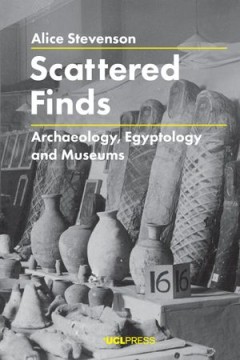
Scattered Finds : Archaeology, Egyptology and Museums
Scattered Finds explores the politics, personalities and social histories that linked fieldwork in Egypt with the varied organizations around the world that received finds. Case studies range from Victorian municipal museums and women’s suffrage campaigns in the UK, to the development of some of the USA’s largest institutions, and from university museums in Japan to new institutions in post…
- Edition
- -
- ISBN/ISSN
- 9781787351400
- Collation
- -
- Series Title
- -
- Call Number
- 900 STE s
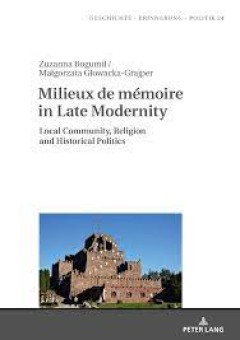
Milieux de mémoire in Late Modernity Local Communities, Religion and Histor…
This book shows how vernacular communities commemorate their traumatic experiences of the Second World War. Despite having access to many diverse memory frameworks typical of late modernity, these communities primarily function within religious memory frameworks. The book also traces how they reacted when their local histories were incorporated into the remembrance practices of the state. The a…
- Edition
- -
- ISBN/ISSN
- 9783653065091
- Collation
- -
- Series Title
- -
- Call Number
- -
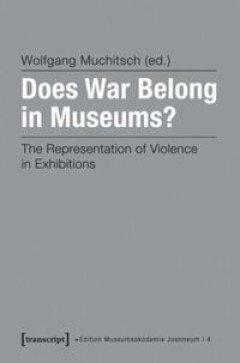
Does War Belong in Museums?: The Representation of Violence in Exhibitions
Presentations of war and violence in museums generally oscillate between the fascination of terror and its instruments and the didactic urge to explain violence and, by analysing it, make it easier to handle and prevent. The museums concerned also have to face up to these basic issues about the social and institutional handling of war and violence. Does war really belong in museums? And if it d…
- Edition
- -
- ISBN/ISSN
- 9783837623062
- Collation
- -
- Series Title
- -
- Call Number
- 708 WAR
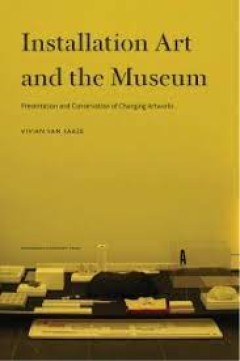
Installation Art and the Museum Presentation and Conservation of Changing Ar…
Installation art has become mainstream in artistic practices. However, acquiring and displaying such artworks implies that curators and conservators are challenged to deal with obsolete technologies, ephemeral materials and other issues concerning care and management of these artworks. By analysing three in-depth case studies, the author sheds new light on the key concepts of traditional conser…
- Edition
- -
- ISBN/ISSN
- -
- Collation
- -
- Series Title
- -
- Call Number
- -

The Emergence of the Digital Humanities
The past decade has seen a profound shift in our collective understanding of the digital network. What was once understood to be a transcendent virtual reality is now experienced as a ubiquitous grid of data that we move through and interact with every day, raising new questions about the social, locative, embodied, and object-oriented nature of our experience in the networked world. In The…
- Edition
- -
- ISBN/ISSN
- 9780203093085
- Collation
- -
- Series Title
- -
- Call Number
- -

We Are Coming Home Repatriation and the Restoration of Blackfoot Cultural Co…
In 1990, Gerald Conaty was hired as senior curator of ethnology at the Glenbow Museum, with the particular mandate of improving the museum’s relationship with Aboriginal communities. That same year, the Glenbow had taken its first tentative steps toward repatriation by returning sacred objects to First Nations’ peoples. These efforts drew harsh criticism from members of the provincial gover…
- Edition
- Gerald T. Conaty
- ISBN/ISSN
- 9781771990172.01
- Collation
- -
- Series Title
- -
- Call Number
- -
 Computer Science, Information & General Works
Computer Science, Information & General Works  Philosophy & Psychology
Philosophy & Psychology  Religion
Religion  Social Sciences
Social Sciences  Language
Language  Pure Science
Pure Science  Applied Sciences
Applied Sciences  Art & Recreation
Art & Recreation  Literature
Literature  History & Geography
History & Geography